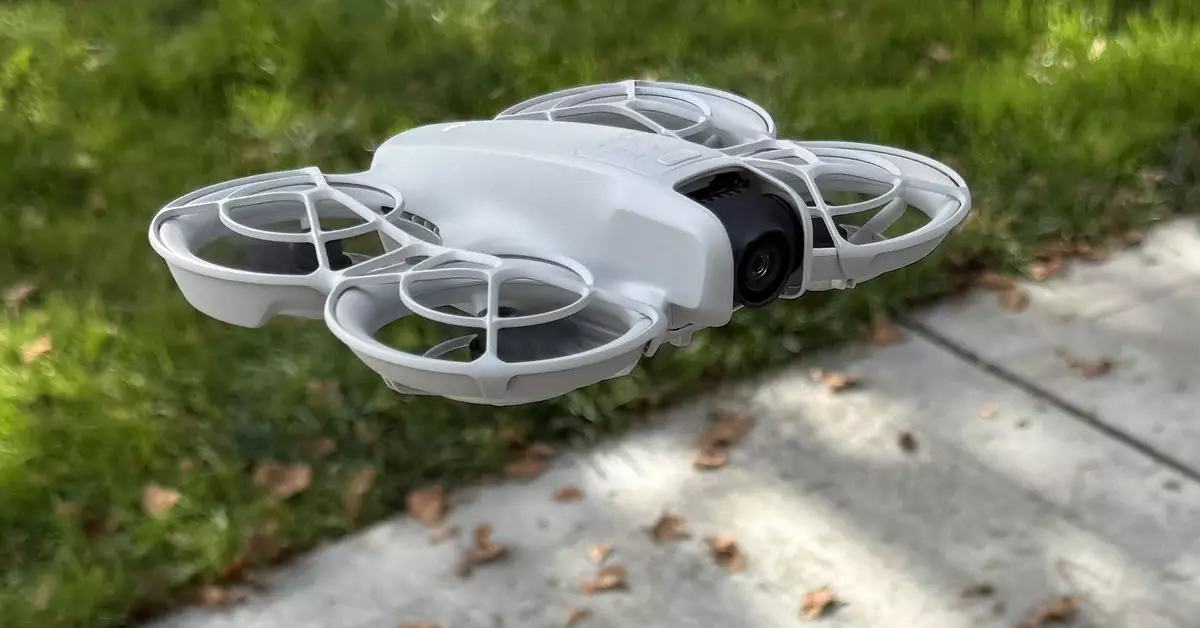In a landscape dominated by soaring technology advancements, DJI has emerged as a key player in the drone market, particularly with its affordable Neo Selfie Drone. Priced competitively at $199, it was initially deemed an appealing option for casual users and aspiring content creators. However, it faced notable challenges, including its inability to shoot vertical video—an essential feature for influencers on platforms like TikTok and Instagram—alongside issues with tracking speed that limited its practical use for athletic subjects.
Key Upgrades Enhance Functionality
In a move that has the potential to redefine the user experience, DJI responded swiftly to feedback by implementing significant updates to the Neo. The latest firmware enhancements have addressed criticisms by introducing two pivotal capabilities: the ability to shoot vertical video and an impressive increase in tracking speed. Previous performance limitations meant the drone struggled to keep pace with cyclists, failing to capture action at speeds above 13 miles per hour. Post-update, users have reported a remarkable increase in performance, with tracking speeds now reaching up to 20 miles per hour.
Such advancements open new avenues for creators who often engage in high-motion scenarios, such as sports or outdoor adventures. Interestingly, the drone now surpasses manual flying capabilities, letting users capture high-speed action without the need for constant adjustments or complex maneuvers.
Vertical Video: A Double-Edged Sword
One of the standout features of the firmware update is the addition of 9:16 vertical video shooting. In an era where social media governs video consumption habits, this upgrade is timely and necessary. However, it is important to note that the Neo is constrained to a 1080p resolution rather than 4K, which can lead to some dissatisfaction among users who are accustomed to high-resolution footage. While the quality matches the horizontal 1080p mode, many content creators may find the limitations of 60fps a hurdle when aspiring to create visually stunning masterpieces.
Furthermore, to unlock this exciting new feature, users must update both the drone’s firmware and the DJI Fly app—a detail that could perplex users. The lack of availability on Google Play Store for Android users complicates matters further, potentially frustrating a segment of the user base who may not be tech-savvy or accustomed to sideloading applications.
While the DJI Neo Selfie Drone was initially perceived as an underwhelming competitor within a crowded market, updates have turned it into a more dynamic tool for content creators. The focus on vertical video and enhanced tracking speed showcases DJI’s sensitivity to market needs. That said, potential users should remain informed about the limitations and requirements associated with these upgrades. Ultimately, these developments signify that DJI is not resting on its laurels and is actively seeking ways to enhance user experience and keep pace with burgeoning content creation demands.

